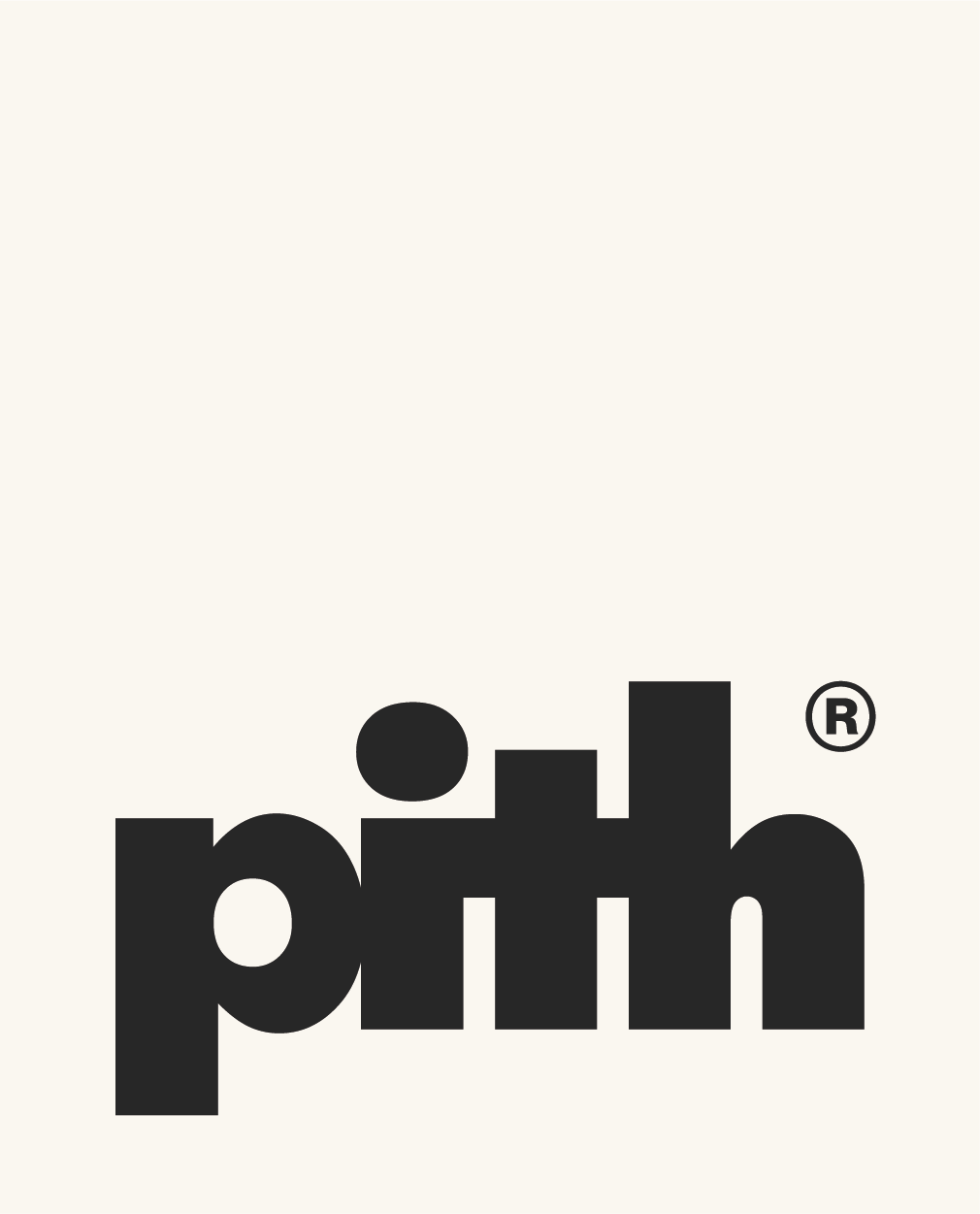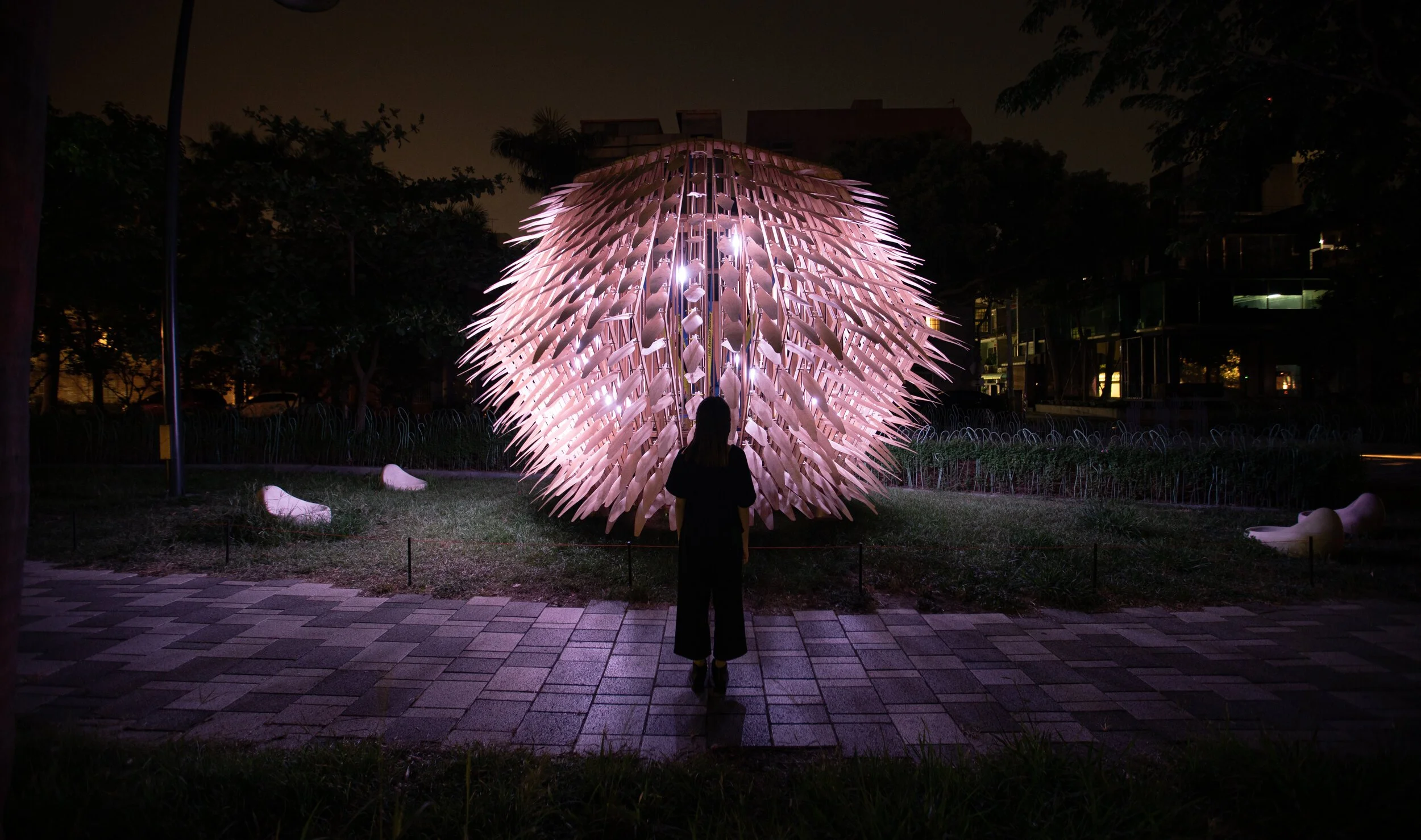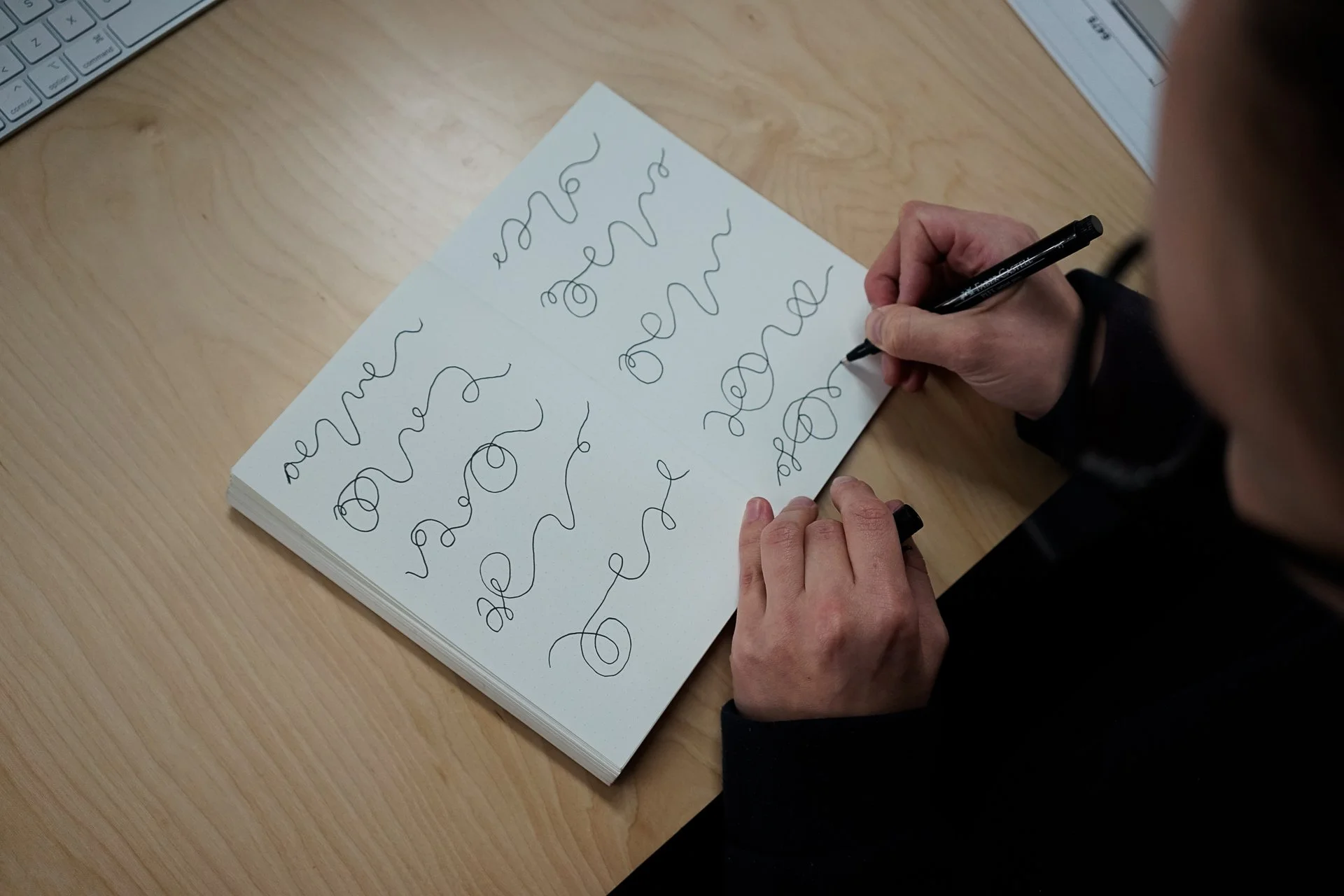Pith stories with NEON
For the third instalment of Pith Stories, We spent the day with Viliina Koivisto and Mark Nixon of NEON to document and discuss their design process for creating fantastical art and architecture.
Pith Stories: Sharing the extraordinary lives, inspirations and knowledge of the people who bring our Sketchbooks and Notebooks to life.
READ TIME
2 MINS
WATCH TIME
4:07 MINS
NEON is an award-winning design practice based in the UK. The studio was founded to investigate the territory between architecture, art and design. NEON’s mission to elevate the every day is grounded in their approach to projects and a vision to manipulate familiar materials in ways previously unimagined. Designing to entice the senses and facilitate once-in-a-lifetime emotional experiences.
“It's a leap of faith, to be honest, we tend to build up that trust through this process, there is a sense that we are handing over our baby, but it's quite an exciting thing, to work with people with skills other than our own.”
We caught up with Mark and Viliina to chat about all things NEON.
Liam Goward: What is NEON?
Mark Nixon: So Neon is a practice that works between the disciplines of architecture, art and design. The practice was founded with the mission of elevating the everyday. That mission means that our projects can be located in a very wide variety of places, from hospitals to schools to busy high streets to ancient listed monuments.
LG: Who is involved in the day-to-day at NEON and do you collaborate outside of the practice?
MN: The everyday team in the studio is me, Mark Nixon, and Viliina Koivisto but we also have other members who help with different aspects of the practice. In addition, each of our projects is very different to the next, so we might work with a wide range of collaborators and experts to allow us to realise visions for projects that are very large in scale and complex in the way they use materials and form.
LG: Where do you find inspiration?
VK: I think something we both really enjoy doing is looking through books and getting inspired, looking at projects that have gone before. I think that helps us to somehow explain our thoughts to one another better.
“I have like ten years' worth of my sketchbooks in storage and sometimes I like to look back. So there's this idea of a sketchbook as a form of an archive as well.”
LG: Is drawing a big part of your creative process?
VK: We find sketchbooks really useful because often you might make that first attempt at kind of figuring something out using a sketchbook. It's really comparing it with a digital tool, like a 3D modelling tool. It's easier to just do a quick line on paper. You are far less committed and it's effortless to just start drawing.
MN: The ease of use of a sketchbook where you can just start sketching things and they could be throwaway ideas or something could somehow strike a chord, which would then be something that you could progress with. I think it's also really interesting. I have like ten years' worth of my sketchbooks in storage and sometimes I like to look back. So there's this idea of a sketchbook as a form of an archive as well. So it's really nice to follow a project's progression through the sketchbooks that we have. You might look back and see an early project from a page of an old sketchbook. And that's really empowering, because whenever you start a project, sometimes you're like, how the hell did I figure this one out? And then you realise that actually all of them started as seeds at some point, and these kinds of naive sketches, but they've managed to find their way to be something beautiful and interesting and built and physical. So it can be really great to see that as a record.
LG: What tools help you in transitioning from a drawing or plan to the final installation?
MN: We enjoy using a 3D printer which allows us to print scale models of our project. They enable us to look at the project and to understand its form from three dimensions because sometimes it's quite hard to grasp just on a computer screen. We might also use 3D models to send to a fabricator to help them fully understand the form, which is really helpful when they're trying to recreate it on a much larger scale.
LG: At what point do you begin to speak with fabricators and manufacturers?
MN: To engage fabricators we actually start communicating with them quite early on in the process, we’re not experts in any one material so there is a learning experience that takes place in an exchange between the design practice and them as the fabricator. We often show them quite early designs and they may suggest making certain changes for different reasons, being easier to produce or maybe a more beautiful outcome so there's this dialogue that happens through the process of detailed design. When we come to the point where we are ready to move into production, we would make a full set of working drawings, 3D-models maybe send them a 3D print. It's a leap of faith, to be honest, we tend to build up that trust through this process, there is a sense that we are handing over our baby, but it's quite an exciting thing, to work with people with skills other than our own.
Head over to www.neon.uk to see more inspiring projects from NEON.
THANK YOU
Mark and Viliina - for taking the time to film and speak with us.
Filmmaker - Lola Stammberger - www.lola-film.com
Pith stories: Sharing the extraordinary lives, inspirations and knowledge of the people who bring our books to life.










